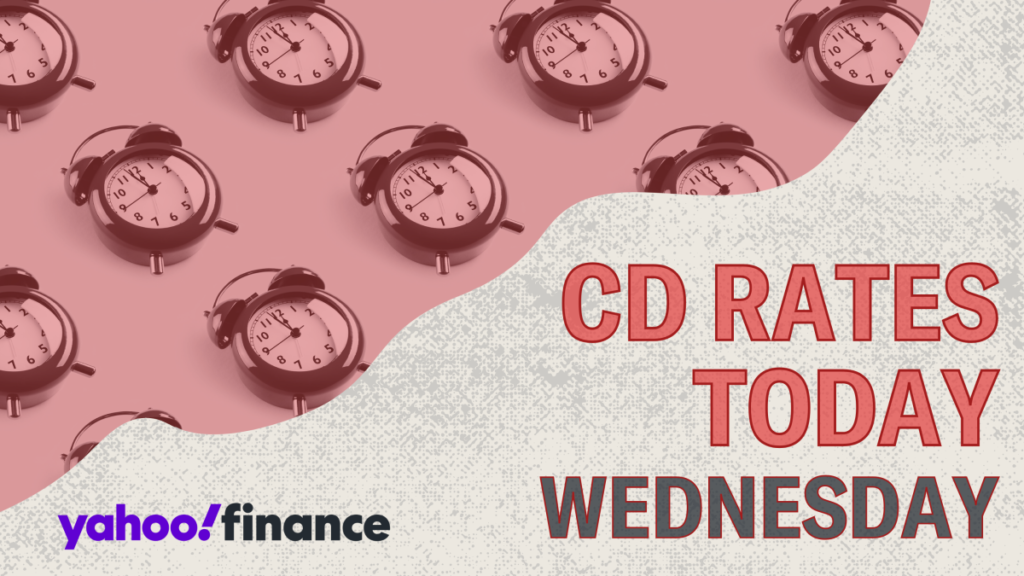Last month, the Federal Reserve made a significant move by lowering the federal funds rate, which has led to a simultaneous decline in deposit account rates, including those for CDs (certificates of deposit). As experts anticipate further cuts to the fed rate, savers are presented with a unique opportunity to secure competitive returns on CDs. While the overall trend indicates decreasing rates, many CDs presently offer yields that are historically high. For instance, rates of 4.50% APY (annual percentage yield) or more can be found for shorter-term CDs, typically around one year or under. Longer-term CDs, while slightly less competitive, still offer attractive rates, particularly those near the 4% APY mark for terms extending three years or more. Particularly noteworthy is Capital One, which offers the highest CD rate on an 11-month term with no minimum deposit requirement, making it an appealing option for savers.
Understanding the connection between CD rates and the federal funds rate is crucial for potential investors. The relationship is straightforward: when the Fed raises its target rate, deposit accounts generally experience a corresponding increase, and vice versa. Throughout much of 2024, the Fed maintained a steady interest rate target between 5.25% and 5.50%, but a recent cooling of inflation and improved economic growth prompted a reduction of 50 basis points in September. Analysts project further rate cuts in the near future, indicating that the time to consider locking in today’s higher CD rates might be limited. As such, savers must weigh their options carefully, taking into account not only current interest rates but also their broader financial circumstances.
Deciding whether to allocate funds into a CD involves multiple factors beyond just the appeal of a competitive interest rate. Firstly, the prevailing interest rates in the economy play a pivotal role. High or declining rates make CDs more attractive as they allow investors to secure favorable rates for the duration of their contract. Secondly, individual financial goals are paramount; CDs can be an excellent choice for those looking to preserve their capital while earning a steady return. With FDIC insurance covering deposits up to the federal limit, CDs present a safer option compared to many investment avenues. However, for long-term objectives like retirement savings, individuals might consider more aggressive market investments, which typically yield higher returns over time.
Liquidity is another critical aspect to scrutinize when considering a CD. Depositors must remember that CDs require locking in funds for a specified term, which can pose challenges if immediate access to cash is needed. In such scenarios, early withdrawal penalties could significantly diminish returns, making a high-yield savings account or an alternative deposit account a more suitable choice for those who might need flexibility. Therefore, it’s essential for potential investors to assess their liquidity requirements alongside their desire for higher interest earnings.
When contemplating where to procure a CD, it’s wise to look beyond one’s existing bank, as not all institutions offer competitive rates. In a landscape conducive to high-interest offerings, consumers should actively compare various CD options from different financial institutions. Online banks are often prime contenders in this arena; they generally have lower operational costs compared to traditional brick-and-mortar banks and tend to pass those savings onto their customers through enhanced rates and reduced fees. For those seeking high-yield CDs, exploring options offered by online banks can yield beneficial results.
Additionally, credit unions and community banks are sectors worth exploring. Credit unions, as not-for-profit cooperatives, often provide superior rates and lower fees compared to profit-driven banks. Individuals should research local and online credit unions to determine eligibility for membership. Conversely, community banks, dedicated to serving their local customers, frequently offer more personalized services and competitive interest rates, making them another viable avenue for those looking to invest in CDs. By diversifying their search across various financial institutions, savers can better position themselves to find the CD offerings that align with their financial goals.

